Creating inside an Electricity Station
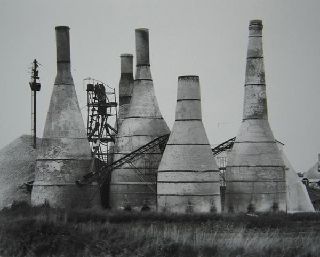
(Credit: Artlyst)
I don’t know the collective noun for a group of photographers working in a power factory but I’m sure someone will come up with a suggestion. Inside these beehive like structures are German photographers: Andreas Gursky (1955-),Thomas Ruff (1958-), Laurenz Berges (1966-), and Axel Hütte (1951-)
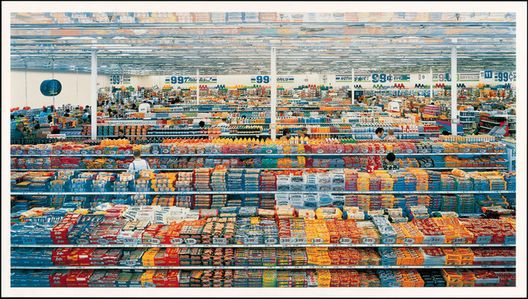
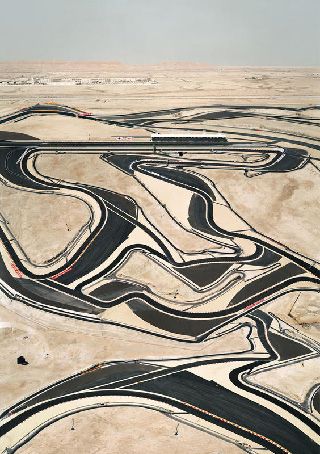
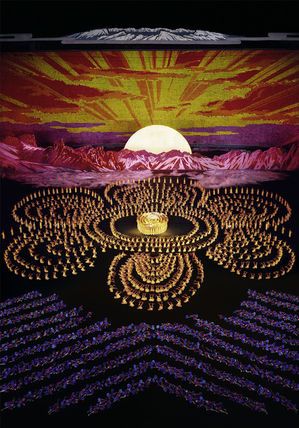
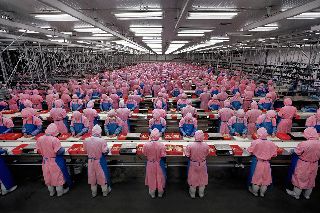
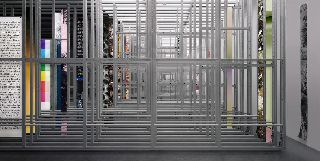
(Credit:andreasgursky.com)
Andreas Gurksy studied with the conceptual artists and photographers Bernd & Hilla Becher and we will look at their work also at a later date. But Gursky rigorously composes his expansive views to envelop viewers with dizzying scale, detail, and color—effects he often heightens through digital manipulation. “In the end I decided to digitalize the pictures and leave out elements that bothered me,” he said of his “Rhine” photographs (1999), one of which set the record in late 2011 for the highest price ever paid for a photograph at auction. (www.artsy.net) The Hero Image today is his photograph Rhine 11.
Thomas Ruff is also a German photographer who works in the power station with Andreas. Both are part of what is now known as the Düsseldorf School of Photography. Ruff has been described as a master of edited and reimagined images. This is one of his Nudes done in 2000. And no I haven't blurred the image for censorship purposes. This is how the image appears.
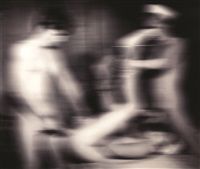
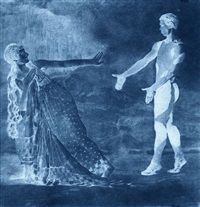
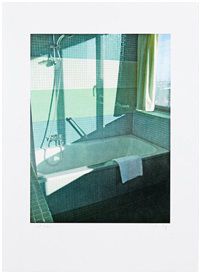
(Credit: artnet.com)
Ruff's broad oeuvre incorporates images of domestic interiors, austere portraits, blurred pornography, photograms, and found JPEGs which intend to spur the imagination rather than capture reality. “I think that historically photographs may have been made in a naive and honest way, when photographers believed in the ‘pencil of nature’ and recording what was in front of the camera,” he reflected. “But photography quickly came to be used in a prejudicial way, losing its innocence and consequently its ability to communicate.” (artnet.com)
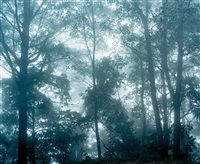
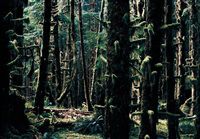
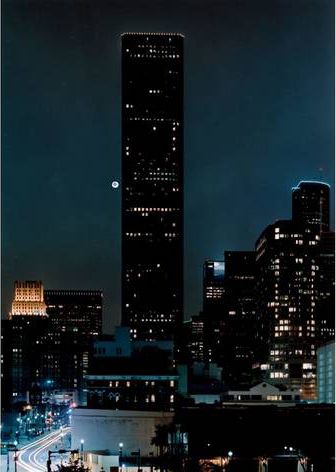
(Credit: Time Out)
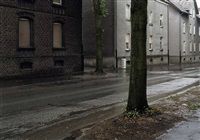
(Credit: artnet.com)
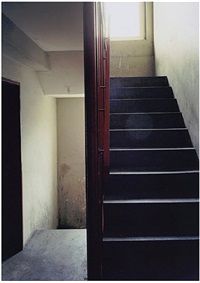
(Credit: artnet.com)
Berges became well known to a broader audience with his photographs of abandoned Russian barracks, which he made between 1991 and 1995 after the Red Army had left the Eastern part of Germany.(http://www.goethe.de) This is Cloppenburg.
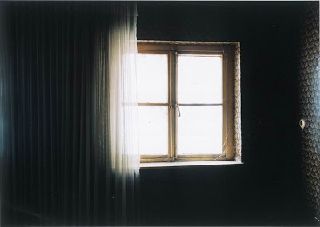
(Credit: http://theexposureproject.blogspot.com)
Interested in the studios of famous North American artists? Follow this link
